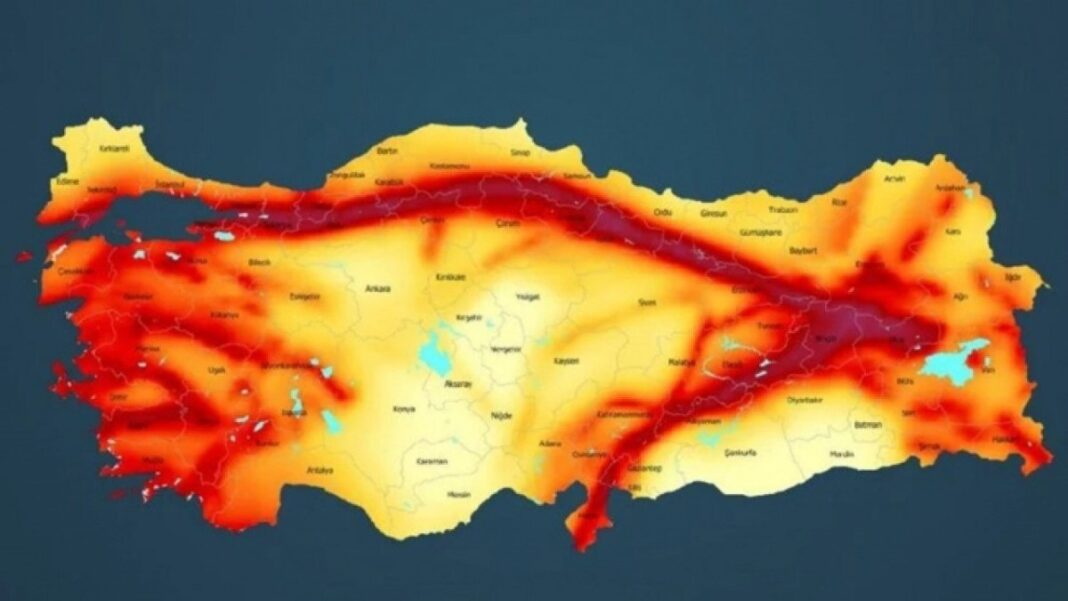UNITED STATES: A devastating magnitude-7.8 earthquake hit south-eastern Turkey and parts of Syria early in the morning on February 6th, causing more than 5,000 deaths and thousands of injuries.
2000 buildings were destroyed due to the Turkey earthquake
The quake was followed by another seismic event which registered 7.5 on the Richter scale nine hours later and over 200 aftershocks.
The aftershocks have caused further damage to buildings and made the rescue efforts even more challenging.
The majority of Turkey sits on the Anatolian plate, which is squeezed out towards the west. This squeeze arises due to the collision between the Arabian plate and the southern rim of Eurasia.
A geoscientist at the Open University, UK, David Rothery, said that Turkey is moving west around 2 centimetres a year along the East Anatolian fault and that half the length of the faultline is now lit up with earthquakes.
Seyhun Puskulcu, a seismologist from the Turkish Earthquake Foundation, adds that people in Turkey are well aware of their vulnerability to earthquakes.
The earthquake’s epicentre was located around 26 km East of Nurdagi, a city in Gaziantep province, Turkey, at a depth of 17.9 km. The later magnitude-7.5 event was 4 km southeast of Ekinözü in Kahramanmaraş province.
The US Geological Survey warns that the southern Turkey population lives in structures vulnerable to earthquake shaking, with many buildings made of unreinforced brick masonry and low-rise concrete frames.
A study published last year suggested that Gaziantep would experience medium to severe damage from a magnitude-6.5 earthquake. The situation is even worse in Syria, where over a decade of conflict has decimated building standards.
Yesterday’s earthquake reached Syria’s north-western regions, causing buildings to collapse in Aleppo and Idlib. The buildings that have been rebuilt after the conflict used low-quality materials or “whatever materials are available,” said Rothery.
Researchers warn that people need to brace themselves for more earthquakes, aftershocks, and deteriorating weather. Ilan Kelman, a researcher who studies disasters and health at University College London, said, “The possibility for major aftershocks causing even more damage will continue for weeks and months.”
He added that the weather forecast for the region is dropping below freezing, so people trapped in the rubble and who might be rescued could well freeze to death.
Also Read: Alfa Romeo F1 Team Unveils C43: The Swiss Team’s Final F1 Masterpiece



